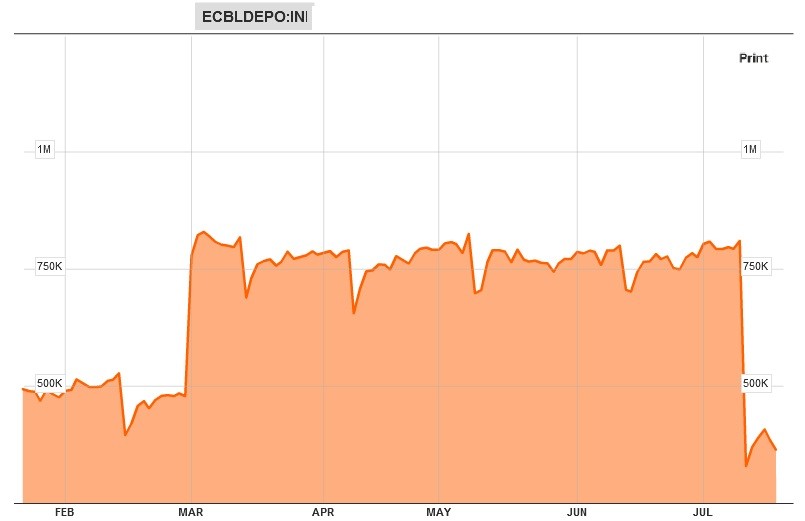Collateral risk and ETFs How safe is the parachute
Post on: 13 Июль, 2015 No Comment

A few years back, regulators were sounding the alarm over counterparty risk in the growing exchange-traded fund (ETF) industry. Big global agencies such as the Financial Stability Board and the International Monetary Fund both warned investors of the poor quality of collateral ETFs were using to back their products. And given growth in the ETF industry, that could represent a substantial threat to financial stability.
But how safe is the backup parachute of ETFs? It’s a question asked by the authors of a new research paper. It’s called “The Collateral Risk of ETFs” and is written by European academics Christophe Hurlin, Grègoire Iseli, Christophe Pèrignon and Stanley C. H. Yeung the latter two of whom are at Paris-based HEC.
Their findings might surprise regulators calling the industry out over collateral risk. Instead of finding gaping holes in the way the risk is managed, the researchers find that ETFs are actually doing pretty well when it comes to collateralization of their products.
The study looks at the collateral risk of ETFs, defined as the risk that the value of the collateral falls below the net asset value (NAV) of the fund. To do this, the authors examined the composition of the US$40.9 billion collateral portfolio of 164 ETFs managed by db X-Trackers that trade a variety of asset class. The majority (74.5%) of ETFs track equities, but the study also included ETFs tracking government bonds, money markets, commodities, hedge fund strategies, credit, corporate bonds and others. They looked specifically at the composition of the collateral portfolios every week between July 5, 2012, and November 29, 2012.
They found a few important things:
- The collateral portfolios of the sample 164 funds have 3,299 different collateral securities—81 per fund, on average.
- The number of collateral securities varies across funds from 10 to 20 for fixed income funds to more than 100 collateral securities for equity- or commodities-based funds.
- The value of the collateral portfolio often exceeds the NAV of the fund, and the average level of collateralization in the authors’ sample is 108.4%.
- The collateral used is also high quality—equities issued by large organizations or highly rated bonds.
- While ETFs are passive investments, they are very active when it comes to collateral management—on average, more than a third of the pledged collateral in a given fund changes from one week to the next.

The findings have important implications for investors worried about collateral risk across the ETF industry. Physical ETF providers that engage securities lending activities and synthetic ETFs using swaps are both at risk. But if this study is any indication of trends across the ETF industry, then providers are getting serious about making sure their products are properly collateralized—and this is good news.
As the authors conclude: Overall, our results do not support the allegations made by the Financial Stability Board and other international agencies about the poor quality of the collateral used to produce ETFs and about the disconnect between the index tracked and the collateral.
You can download the full paper here. It’s definitely worth a read the authors also propose some useful ways to track collateral risk going forward.














